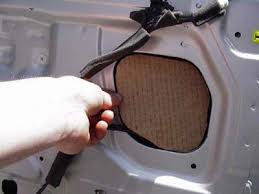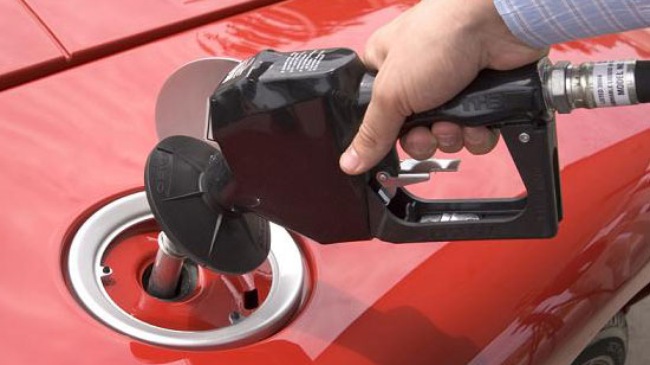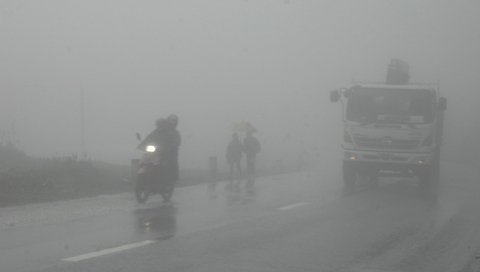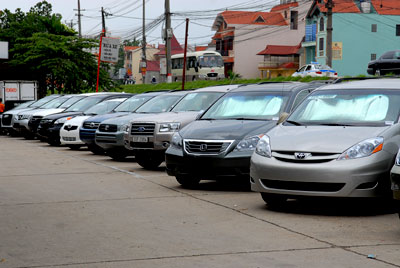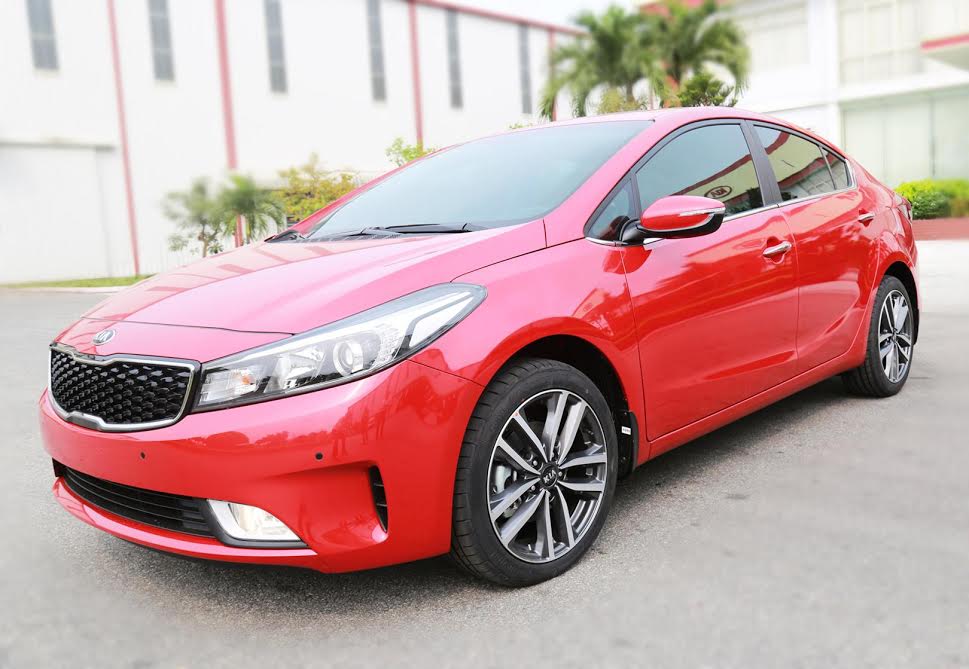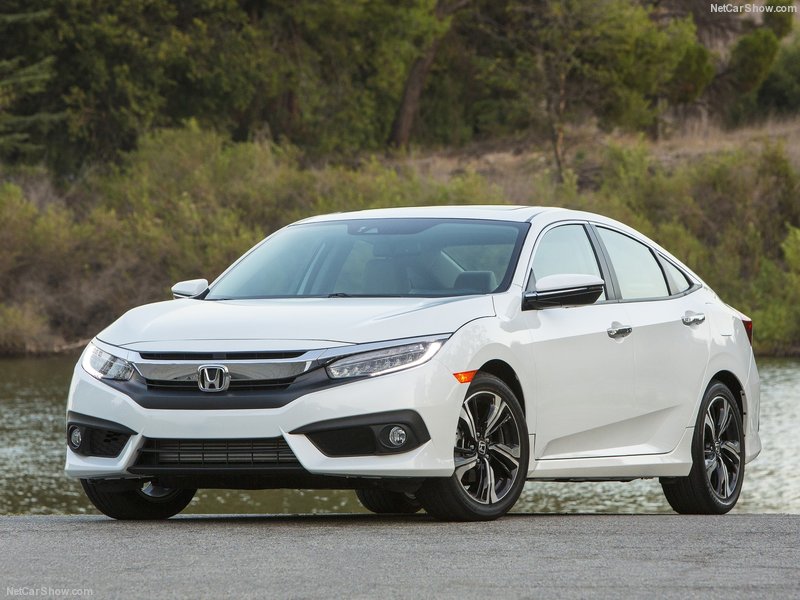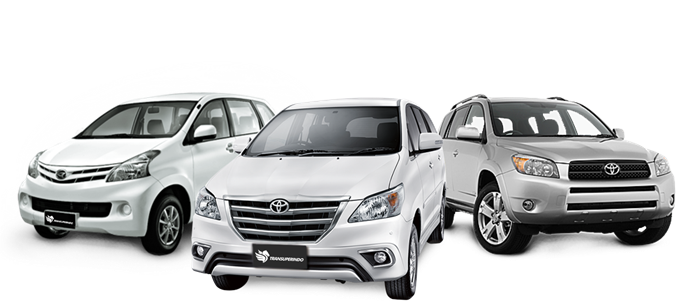Experience driving automatic cars
Automatic transmission cars are abbreviated as AT (Automatic Transmission), which helps drivers feel quite comfortable in operating the vehicle, especially in crowded urban areas thanks to eliminating many right-hand gear shifting operations and completely eliminating clutch pedal operation of the left foot as well as the smooth coordination of "clutch out - throttle in" with the accelerator pedal. However, it is necessary to understand that automatic transmission does not mean there are no gears, but excluding the continuously variable AT transmission, the regular AT transmission still has many gears and is displayed on the central screen.

In addition to eliminating a series of operations, automatic vehicles also have advantages such as difficulty stalling, easy starting in the middle of a slope, acceleration without jerking... Therefore, the proportion of people Using automatic transmission cars is increasing and becoming a current trend. However, quite a few accidents have occurred in recent times because automatic transmission drivers did not operate properly and skillfully and lost their temper. Below are some tips for driving an automatic transmission that is both safe and fuel efficient, recommended by auto experts:
Drive with momentum, high gear, low rpm: We We need to take advantage of the car's inertia to avoid pressing the accelerator at intersections or red lights and then braking. Don't think that only manual transmission cars apply the rule of high gear, low rpm because as mentioned above, most automatic cars often have gear levels displayed on the center screen.
The basic difference in foot operations in automatic transmission cars is that there is no longer a clutch pedal, the right foot takes care of both the accelerator and brake pedals, the left foot is only placed on the floor. It is the wrong habit of using the left foot on the brake and the right foot on the accelerator of some people who switch from driving a manual transmission to an automatic transmission that causes accidents.
When starting the car, it is necessary to adjust mirror, adjust the seat comfortably, fasten the seat belt, check if the gear lever is in position P before turning on the engine start switch. In high model cars, you must gently press the brake pedal for the car to start, while in lower model cars this operation is not required.
Shift the gearshift to D, OD or R, release the handbrake. Note, both the handbrake and the gear lever of an automatic transmission vehicle have one thing in common: you need to press the unlock button, which is usually located right at the top of the gear lever and the brake lever. Releasing the handbrake or shifting gears needs to be done decisively, avoiding hovering. Just like a manual transmission car while shifting gears, gently lifting your right foot off the brake pedal causes the car to slowly shift gears, without needing to press the accelerator. If the vehicle is not moving or is too slow, gently press the accelerator pedal to accelerate.
When you need to decelerate: Lightly press the brake pedal and hold continuously. In case of stopping at a red light, the driver can shift to N (mo) and pull the handbrake or click the footbrake. If you need to stop the vehicle for a longer period of time, you should shift the gear lever to position P and pull the handbrake to help your right foot "relax" a bit...
This is also an operation that needs to be done. appears when parking, before turning off the engine and removing your right foot from the brake pedal. It should be noted that before stopping at a red light or drifting on a steep hill, some drivers often shift into neutral to let the car drift freely to reduce fuel consumption. However, this method is very dangerous because the car lacks the ability to decelerate by gear but only decelerates by braking. It is difficult for the driver to handle obstacles or need to change direction, not to mention braking. will be damaged very quickly.
In all cases, auto experts advise drivers to master the operation of the vehicle before participating in traffic on the road.
(According to Transport Newspaper)
Drive with momentum, high gear, low rpm: We We need to take advantage of the car's inertia to avoid pressing the accelerator at intersections or red lights and then braking. Don't think that only manual transmission cars apply the rule of high gear, low rpm because as mentioned above, most automatic cars often have gear levels displayed on the center screen.
The basic difference in foot operations in automatic transmission cars is that there is no longer a clutch pedal, the right foot takes care of both the accelerator and brake pedals, the left foot is only placed on the floor. It is the wrong habit of using the left foot on the brake and the right foot on the accelerator of some people who switch from driving a manual transmission to an automatic transmission that causes accidents.
When starting the car, it is necessary to adjust mirror, adjust the seat comfortably, fasten the seat belt, check if the gear lever is in position P before turning on the engine start switch. In high model cars, you must gently press the brake pedal for the car to start, while in lower model cars this operation is not required.
Shift the gearshift to D, OD or R, release the handbrake. Note, both the handbrake and the gear lever of an automatic transmission vehicle have one thing in common: you need to press the unlock button, which is usually located right at the top of the gear lever and the brake lever. Releasing the handbrake or shifting gears needs to be done decisively, avoiding hovering. Just like a manual transmission car while shifting gears, gently lifting your right foot off the brake pedal causes the car to slowly shift gears, without needing to press the accelerator. If the vehicle is not moving or is too slow, gently press the accelerator pedal to accelerate.
When you need to decelerate: Lightly press the brake pedal and hold continuously. In case of stopping at a red light, the driver can shift to N (mo) and pull the handbrake or click the footbrake. If you need to stop the vehicle for a longer period of time, you should shift the gear lever to position P and pull the handbrake to help your right foot "relax" a bit...
This is also an operation that needs to be done. appears when parking, before turning off the engine and removing your right foot from the brake pedal. It should be noted that before stopping at a red light or drifting on a steep hill, some drivers often shift into neutral to let the car drift freely to reduce fuel consumption. However, this method is very dangerous because the car lacks the ability to decelerate by gear but only decelerates by braking. It is difficult for the driver to handle obstacles or need to change direction, not to mention braking. will be damaged very quickly.
In all cases, auto experts advise drivers to master the operation of the vehicle before participating in traffic on the road.
(According to Transport Newspaper)


